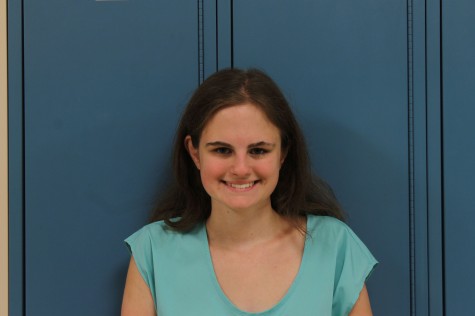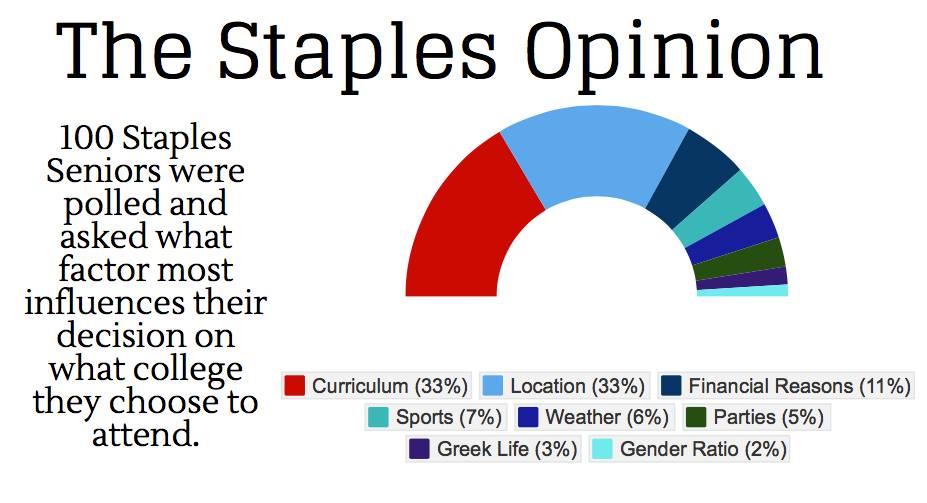Multiple factors fuel college selection process
In an era where freshmen sport sweatshirts of their future hopeful universities, and online tours of practically every college are available, the academics of a college seem to sometimes be weighed down by the likes of gender ratio, campus size, and geographic location.
Guidance counselor Deborah Slocum believes that a college’s non-academic factors are as important as the academics for a student’s decision on where to go.
“You only spend 15 hours a week in class,” Slocum said. “College is just as much about how you grow up, the friends you make and what you do while you’re there.”
Campus Explorer, a college choice help site, also stresses the value in choosing one’s academic and non-academic priorities in advance of looking at individual schools.
The non-academic reasons that students cite for picking certain colleges are as unique as the students who pick them. One factor critical to many, according to Slocum and US News, is climate.
Brittany Silver ’14, who will be heading south to Vanderbilt University, is especially content with her future home where temperatures rarely drop below 40 degrees, compared to New England’s mass weather disparities through the seasons.
“In Nashville it seems perfect because it doesn’t usually reach any drastic temperatures,” Silver said.
Victoria Loiacono ‘14, a rising Southern New Hampshire University student, feels differently. She explained that while weather was not originally a major part of her college decision making, she is glad that she picked a place with the same climate pattern as Connecticut.
“I wanted someplace that had weather similar to what I am used to now,” Loiacono said
Another major college consideration is gender ratio. Slocum, on average, has one student each year that considers the option of a single-sex school. She understands the reason for the unpopularity of this option. “I think students are afraid that there won’t be a dating culture,” she said.
Jordyn Patterson ’14 is in the minority, pursuing the single-sex option. Next year, she is attending New York City’s Barnard University, which, according to Naviance, is one of 45 women’s colleges in the United States. Patterson explained that the gender ratio was not really a part of her decision process. Her most important consideration was location.
“Being in the city was my number one priority,” she said. Patterson’s need for this college type is rooted in the fact that she spent much of her childhood living in cities and she is most comfortable in such an environment.
But there are other unique aspects of a single-sex environment that attracted her to Barnard.
“It has a great network in which they’ll set you up with internships specifically from the perspective of women,” Patterson said.
Whether it is for the location, the weather or the gender ratio, Staples seniors have many different views on the non-academic factors of their future universities. Slocum encourages students to be critical of everything when exploring colleges.
“Something as simple as the food matters once you get there,” she said.
And, for students in need of the above, Bowdoin College is ranked top by Princeton Review for best food.

Being a self-described political junkie and a teen travel writer, Justine Seligson '15 is not only, without a doubt, a well rounded student and basically...
















































